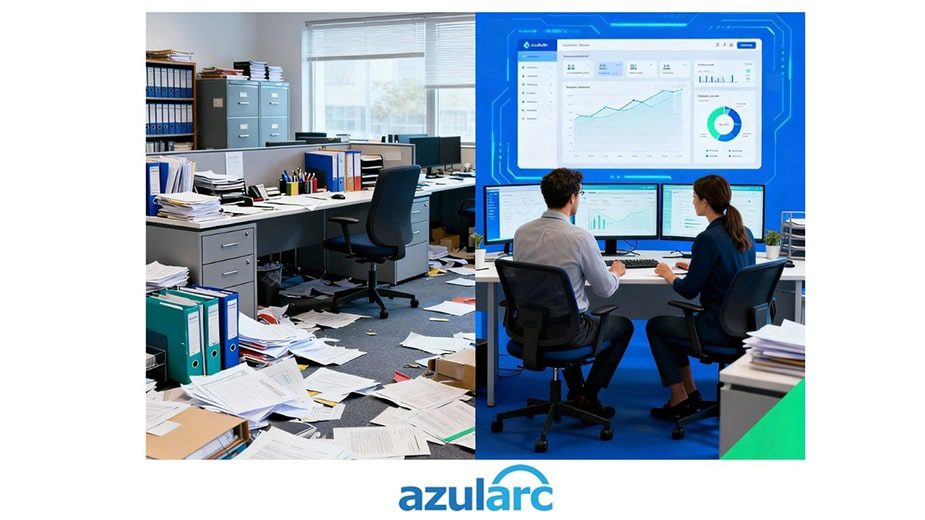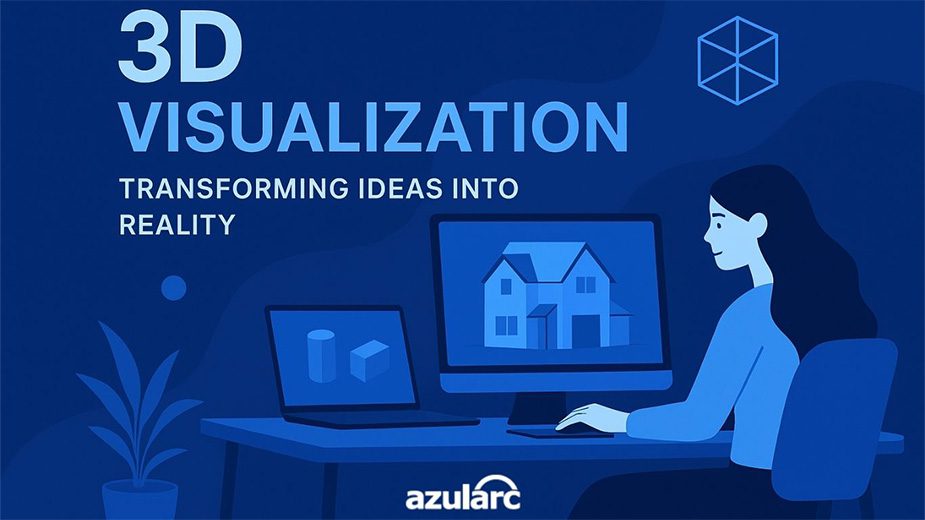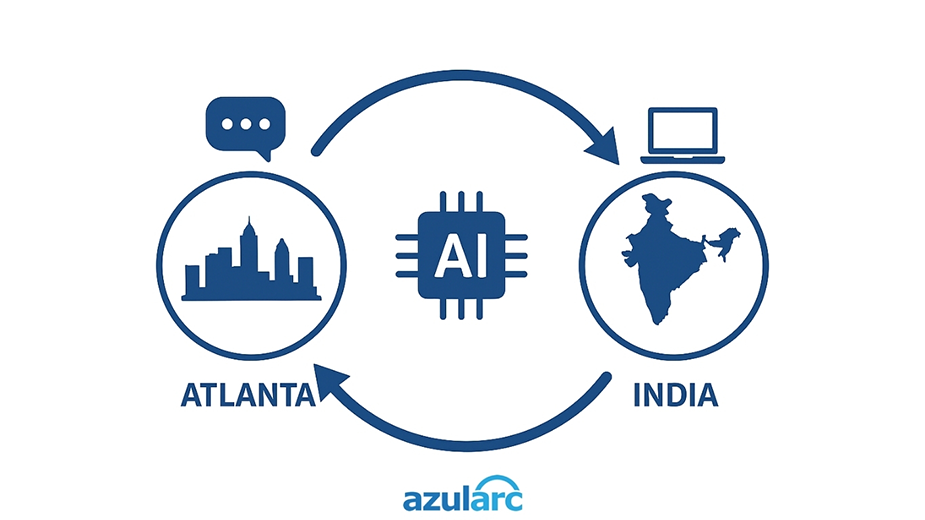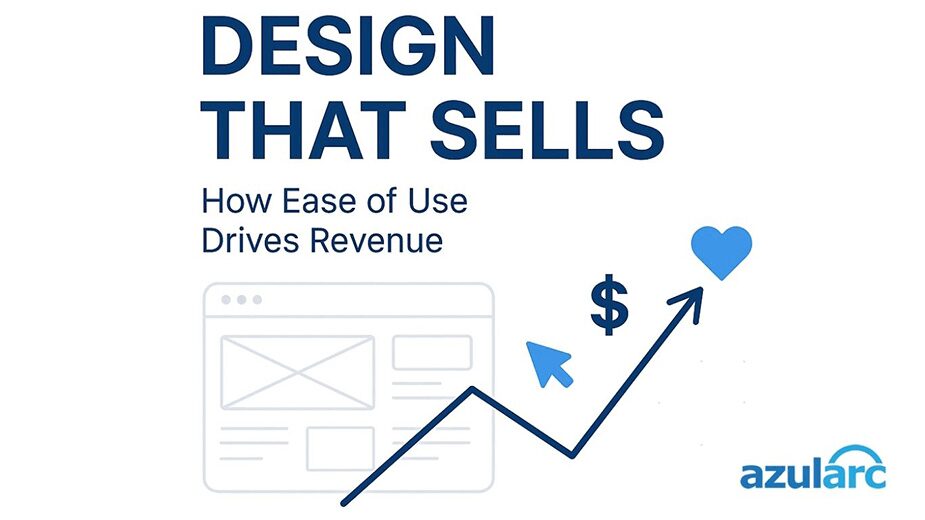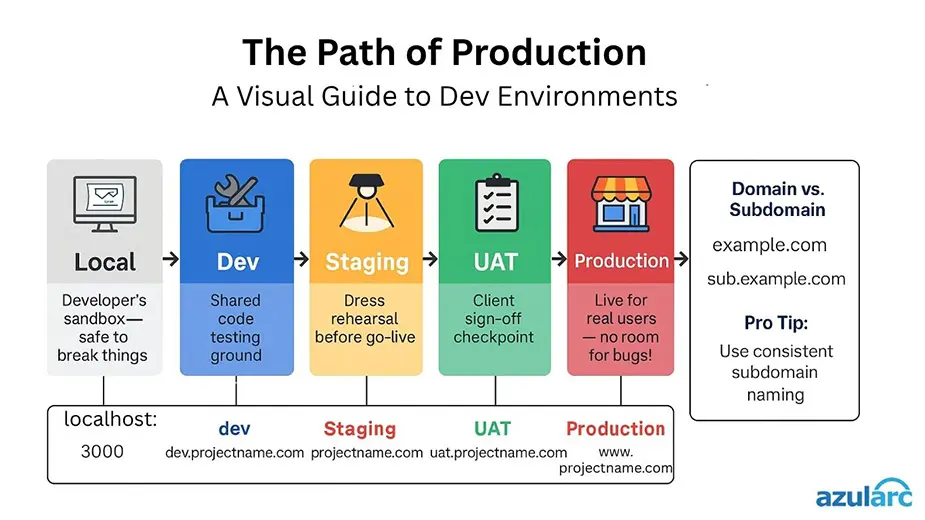The Hidden Costs of Manual Case Management in Government
In today’s fast-paced, data-driven world, government agencies face growing pressure to deliver faster, more transparent, and citizen-friendly services. Yet, behind the scenes, many departments still rely on manual or semi-digital case management systems — built on spreadsheets, emails, and paper trails.
The Hidden Costs of Manual Case Management in Government Read More
